Do you fertilize your cactus, or succulents, or euphorbias?
meyermike_1micha
13 years ago
Related Stories
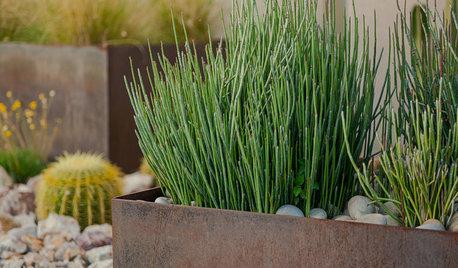
GARDENING GUIDESGreat Design Plant: Euphorbia Antisyphilitica
The waxy, leafless stems of this Southwest native succulent are described as “little candles,” and it thrives on neglect
Full Story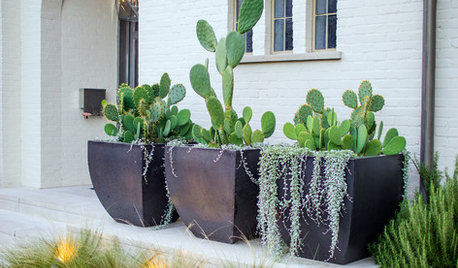
CONTAINER GARDENSCactus and Succulent Containers Are Ideal for Hot, Sunny Spots
Bring on the sun with these heat-loving succulent container gardens
Full Story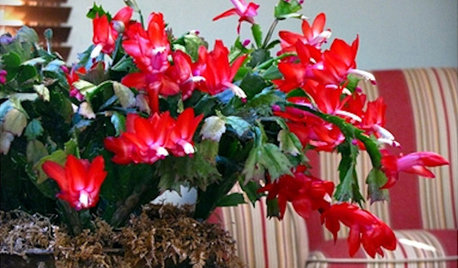
HOUSEPLANTSGreat Houseplant: Holiday-Blooming Cactus
You may know it as Christmas cactus, but whichever holiday floats your boat, this plant is a year-round beauty
Full Story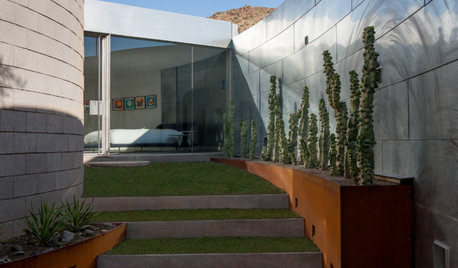
FLOWERS AND PLANTSUnusual Totem Pole Cactus Is a Standout in Southwest Gardens
This thornless cactus makes a statement in the ground or in a container in mild-winter climates
Full Story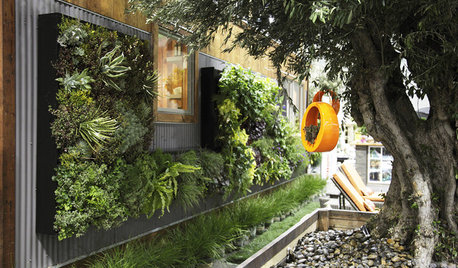
GARDENING GUIDESSucculents Juice Up Outdoor Gardens
Climbing garden walls or sprouting from cans and crates, succulent plants add a creative touch to ordinary landscapes
Full Story
CONTAINER GARDENS3 Steps to Creating Quick, Easy and Colorful Succulent Containers
Take a bright container, add a colorful succulent or two and have a professional, summery design in minutes
Full Story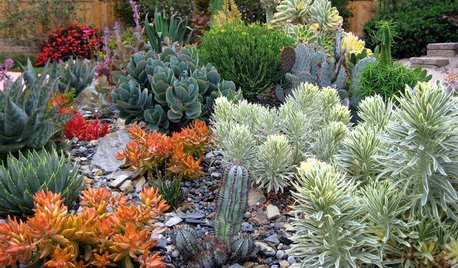
GARDENING GUIDESA Beginner’s Guide to Growing Succulents
Their easy-care reputation is well-deserved, but a little TLC will turn succulents into star plants
Full Story
GARDENING GUIDES10 Cold-Hardy Succulents for Cool-Season Interest
These attractive plants shrug off colder temperatures, and many can be brought inside in containers in extra-chilly climates
Full Story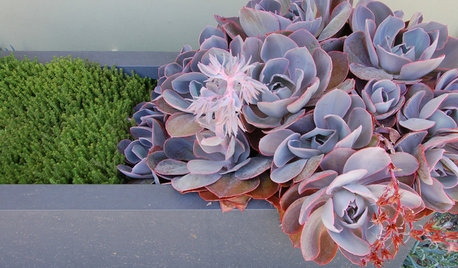
SUCCULENTSGrow a Garden of Succulents for Easy Beauty
Low-water plants in a wide range of colors, shapes and sizes? Sign us up — and check out our faves here
Full Story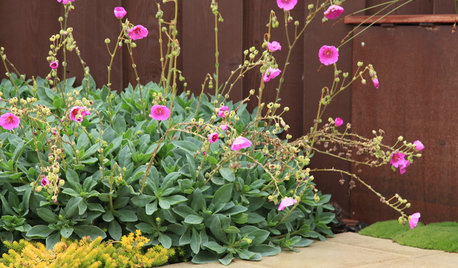
GROUND COVERS10 Succulents That Make Pretty, Easy-Care Ground Covers
These low-growing succulents create interest in the drought-tolerant garden
Full StoryMore Discussions






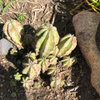


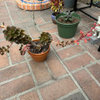
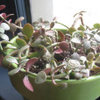
philofan
Andrew Scott
Related Professionals
Camas Landscape Architects & Landscape Designers · Wareham Landscape Architects & Landscape Designers · East Lake-Orient Park Landscape Contractors · Elkridge Landscape Contractors · Fort Worth Landscape Contractors · Merced Landscape Contractors · National City Landscape Contractors · Overland Park Landscape Contractors · Wells Landscape Contractors · West Allis Landscape Contractors · Aurora General Contractors · Las Cruces General Contractors · Parkville General Contractors · Birmingham Carpenters · Vero Beach Decks, Patios & Outdoor Enclosurescaudex1
tjicken
norma_2006
caudex1
xerophyte NYC
mrlike2u
paracelsus
xerophyte NYC
land3499
greenman28 NorCal 7b/8a
mrlike2u
land3499